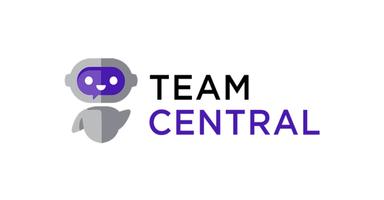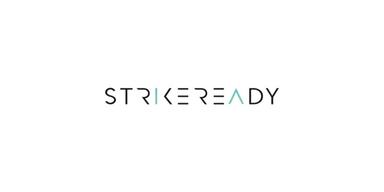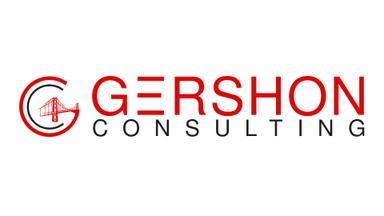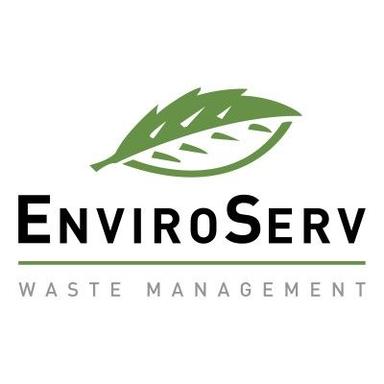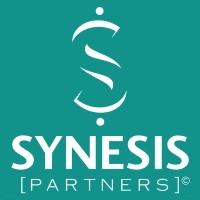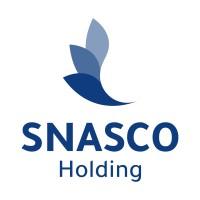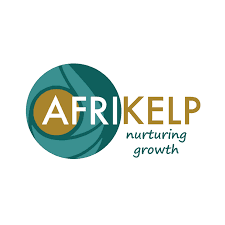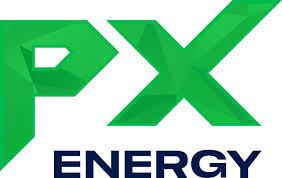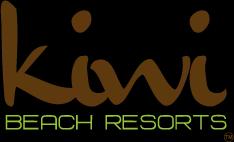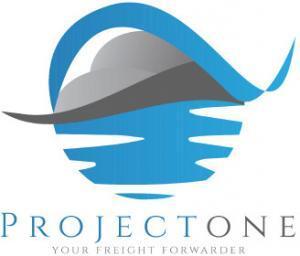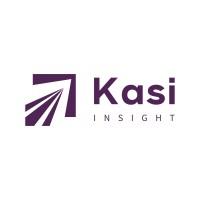Google’s Opal: Redefining App Development with AI and Vibe Coding

Google has introduced an experimental tool called Opal, a prompt-based platform designed to simplify web app development. Currently available through Google Labs in the United States, Opal embraces a concept known as "vibe coding." Rather than writing code manually, users describe what they want the app to do, and Opal constructs the initial structure automatically using Google’s internal AI models. The intention is to make app creation feel more intuitive and creative, closer to sketching than programming.
Prompt-Led Workflows with Human Touchpoints
Opal operates on a visual workflow interface. Users begin by typing a plain-language description of the app they have in mind. In response, Opal generates a step-by-step layout, breaking the process into modular components such as input, generation, and output. Each stage of this flow is editable. Users can click into a step to inspect, refine, or update the underlying prompt. Additional steps can be inserted as needed from a toolbar, allowing users to balance AI automation with manual customization. This makes Opal a hybrid environment where both automation and creative control coexist.
Building from Templates or Starting Anew
The platform includes a gallery of prebuilt starter apps. Users can select any of these to remix and adjust according to their needs. Once the final app is ready, it can be published and shared through a simple link, accessible to anyone with a Google account. The interface prioritizes accessibility, making it possible for individuals without any development background to build functional tools or prototypes.
Google’s Broader Strategy
Unlike Google’s AI Studio, which caters to experienced developers, Opal is aimed at a broader audience. Its visual-first design and natural language interface are intended to appeal to designers, entrepreneurs, educators, and hobbyists. This move aligns with Google’s ongoing strategy to expand the reach of its AI products beyond technical communities, opening app development to users who may never have written a single line of code.
A Competitive and Evolving Market
Opal enters a market already seeing rapid growth in AI-assisted development tools. Companies like Canva, Figma, and Replit have introduced similar platforms aimed at simplifying digital creation. Startups such as Lovable and Cursor have also gained attention for lowering the entry barrier to software building. By releasing Opal, Google has positioned itself alongside these tools, signaling its intent to remain relevant in a segment increasingly shaped by user-friendly AI interfaces.
Opportunities and Limitations
The potential of Opal lies in its speed and flexibility. It enables quick prototyping and lowers technical friction, especially for early-stage ideas. However, there are concerns about its use in more complex environments. Developers have raised questions about visibility into the AI-generated logic, and whether that lack of clarity could lead to vulnerabilities or performance issues. While Opal shows promise as a tool for creativity and experimentation, it may not yet be suited for building enterprise-grade applications without further development and oversight.
What Lies Ahead
Opal is currently in public beta, and its future will depend on user adoption and feedback. Google will be watching closely to determine whether the tool can evolve into a reliable product for the mainstream market. Regardless of its final form, Opal reflects a clear vision: to make application development accessible, fast, and centered around human ideas rather than technical syntax.
Conclusion
Opal marks a new chapter in Google’s AI journey. By merging natural language prompts with a visual workflow editor, it lowers the barrier to digital creation. Whether it becomes a staple in professional development or remains a niche tool for experimentation will depend on its evolution. For now, it stands as a bold step toward redefining how apps are imagined and built.
Business News
Bring Your Own Device: Meaning and Financial Advantages
Making Weather Programmable: How Retrospective Climate Data Fits into Modern Tech Stacks
How Fashionphile Founder Built a Luxury Resale Empire from eBay to Millions
How Executives Can De-Risk Payment Operations in Regulated Industries
Why Your Engine Air Filter Plays a Bigger Role Than You Think





